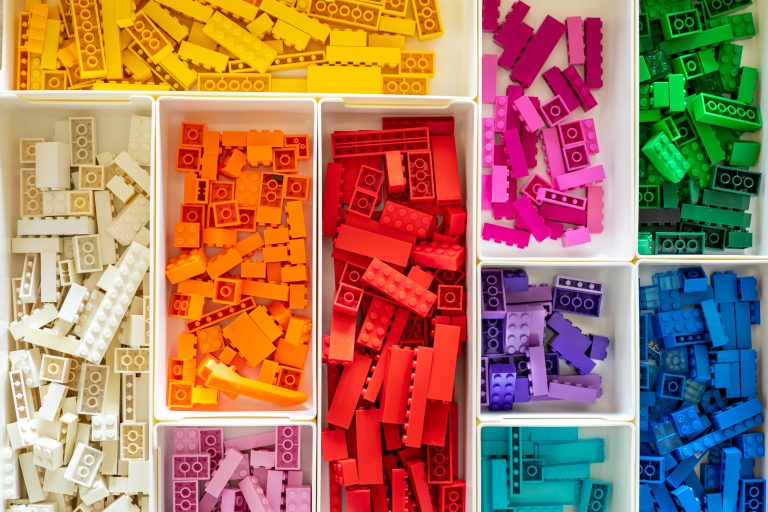Chemical expert Aaron Lee of Alchem Trading, a father of three, shares his passion for LEGO and reveals fascinating facts about this iconic toy. LEGO, known for its creative potential and worldwide popularity, has more to its story than just colourful bricks scattered on the floor.
A Legacy of Innovation
LEGO, originating from Denmark, is more than just a playful pastime. Founded in the early 1930s, the company initially crafted wooden blocks. It wasn’t until the late 1940s that LEGO transitioned to plastic bricks, thanks to a unique blend of chemicals. Aaron Lee, a chemist with a deep understanding of the role of chemicals in everyday life, highlights the importance of this innovation.
“LEGO has become a symbol of creativity and imagination, but its existence relies heavily on the chemistry behind its production,” says Aaron, who lives in Oxfordshire. While LEGO initially used wooden blocks, the switch to plastic bricks represented a major breakthrough in both toy manufacturing and material science.
Fascinating LEGO Facts
Here are some intriguing facts about LEGO that you might not know:
- Meaningful Name: LEGO derives from the Danish words ‘Leg Godt,’ which translates to ‘play well.’ This reflects the company’s commitment to providing a meaningful play experience.
- International LEGO Day: The first LEGO patent, registered in 1958, marked a milestone in toy innovation, revolutionising the industry and setting the stage for the iconic plastic bricks we know today. commemorating the day the iconic brick design was officially protected.
- Ubiquitous Bricks: On average, every person on earth owns about 80 LEGO bricks. This widespread ownership underscores LEGO’s global reach and enduring popularity.
- Material Science: Modern LEGO bricks are made from ABS (acrylonitrile butadiene styrene). ABS is known for its stability, resistance to acids and alkalis, and natural flame retardancy, ensuring the bricks’ longevity.
- Global Tyre Production: LEGO is the world’s largest producer of tyres, manufacturing around 700 million annually. These tyres are made from thermoplastic elastomers, allowing them to be flexible and durable.
- Temperature Sensitivity: Extreme cold temperatures can affect the chemistry of LEGO bricks, making them brittle. This is a fascinating example of how environmental conditions can impact material properties.
- Batman Dominates: Among LEGO minifigures, Batman is the most frequently included character. This highlights the popularity of superhero themes within LEGO sets.
- Golden C3PO: The most expensive LEGO character is the 14-carat solid gold C3PO, valued at approximately $200,000. Only five were created to mark the 30th anniversary of Star Wars, and they were given away in competitions.
- Pricy Sets: The priciest LEGO set from last year was the LEGO Space Command Centre, which retailed for more than $10,000. This set reflects the increasing complexity and value of high-end LEGO collections.
- Future Prospects: LEGO is exploring the use of nanotechnology to develop new types of building blocks at the molecular level. This ongoing research combines principles of chemistry, engineering, and physics to create innovative construction experiences.
A Toy of Endless Possibilities
Aaron concludes, “LEGO’s simplicity and ingenuity are what make it so fascinating. The company’s ability to evolve with the times and reflect popular culture through its products is remarkable. As research into new technologies continues, LEGO’s potential to inspire creativity remains limitless.”
With its blend of creativity and chemistry, LEGO continues to captivate imaginations around the world, proving that even the simplest toys have a rich and complex story behind them.
